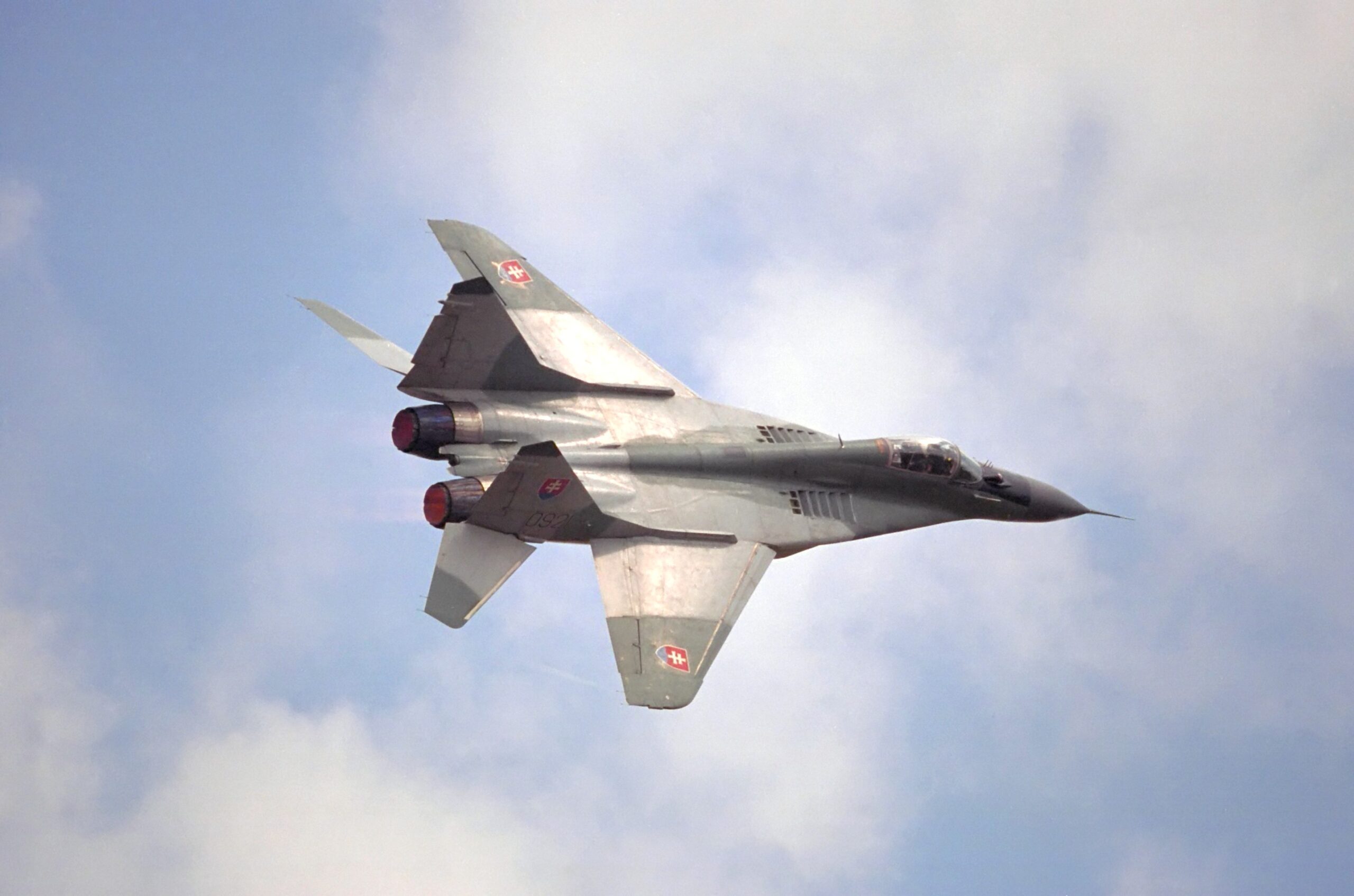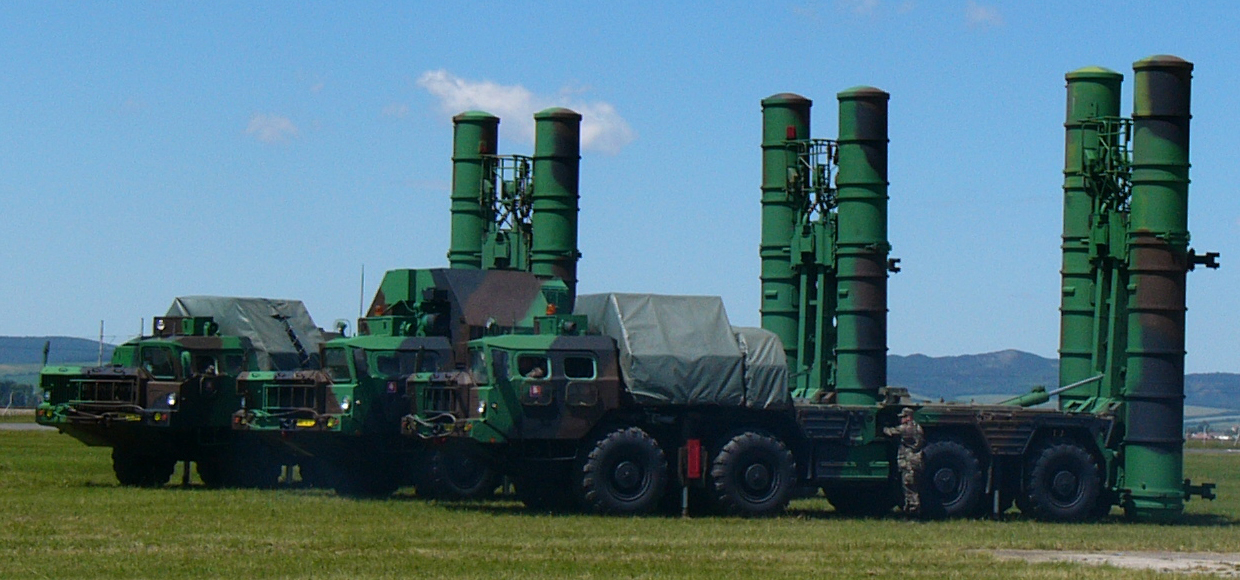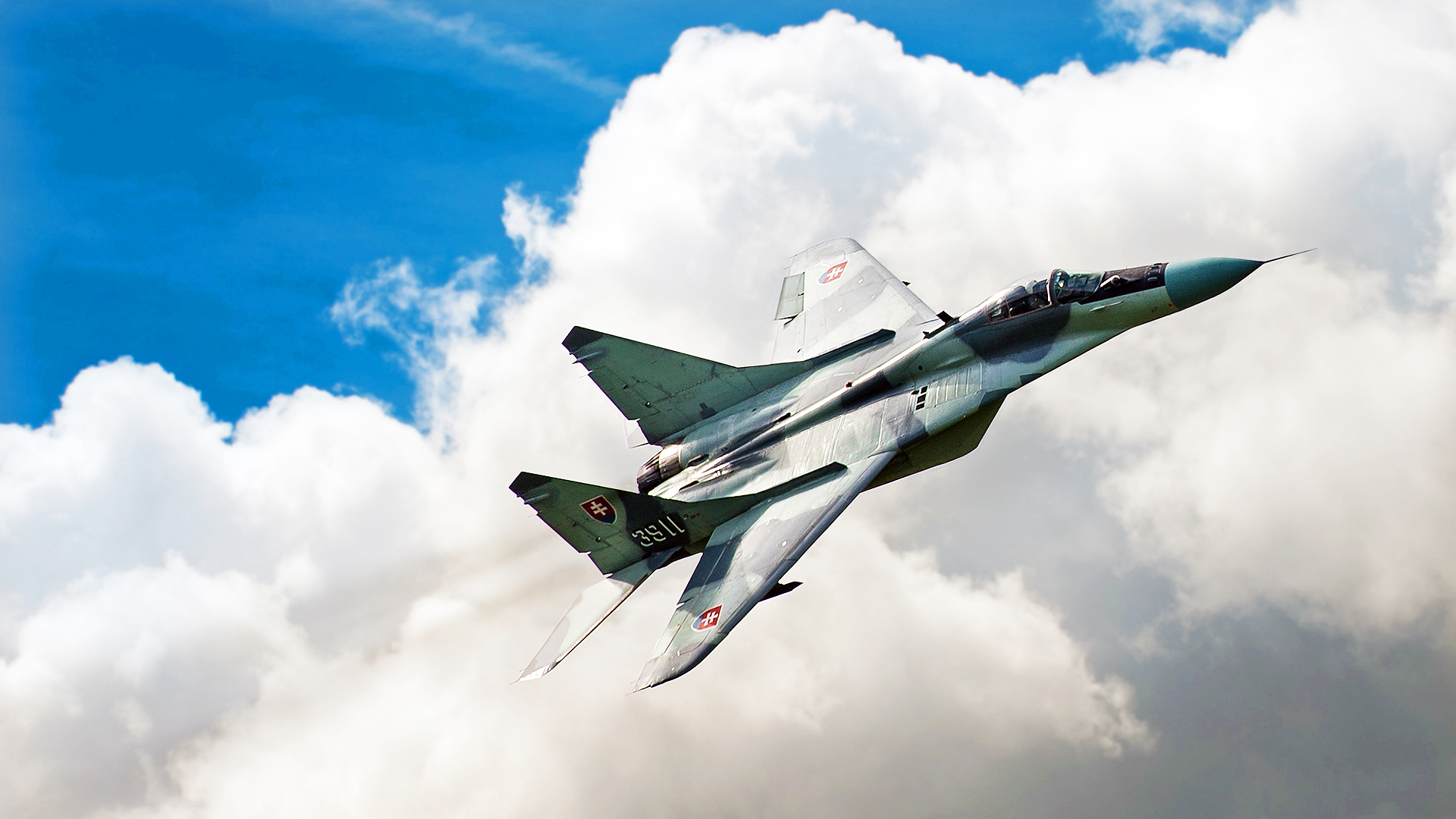In a debate aired on national television, Czech Prime Minister Petr Fiala announced that the Czech Air Force would soon be carrying out patrol and air policing duties from within Slovakia’s airspace. The proposed partnership between the neighboring NATO countries could kick start the transfer of MiG-29 fighter jets to Ukraine, which has been in the works since the early days of the Ukrainian-Russian conflict.
Fiala disclosed the details of the agreement on July 3, stating that beginning in September, the country would deploy SAAB JAS-39C Gripen fighters to conduct air-defense operations in Slovakian skies. Slovakian Prime Minister Eduard Heger was also present for the discussion and went on to add that the budding agreement may last for up to a year but is still in the process of being negotiated. The most noteworthy outcomes, though, could be the chance to streamline Slovakia’s pending delivery of Lockheed Martin-made F-16 Fighting Falcons as well as the opportunity to donate the Slovakian Air Force’s remaining MiG-29 Fulcrum fighter jets to Ukraine.
Slovakia has long been in the process of ending the country’s dependence on its fleet of Cold War-era MiG-29 fighter jets. The aircraft first entered service in 1982, making it so the MiG-29’s Soviet Union origins have prompted Slovakia to preserve at least some level of relations with Russia in order to maintain the fleet and its weapon systems. In an effort to both cut those lingering ties and upgrade the country’s fighters, Slovakia has since largely grounded its fleet of MiG-29s in preparation for its 2018 order of 14 F-16 Block 70 aircraft to be delivered.
The Slovakian MiG-29 fleet includes roughly 11 aircraft — a mix of MiG-29AS single-seaters and MiG-29UBS two-seaters. The aircraft received upgrades that made them NATO compliant, including the installation of special radios and Identification Friend-or-Foe (IFF) equipment, as well as a multi-function display, among other enhancements, during the mid-2000s.

The F-16 order was supposed to be wrapped up this year, however, the delivery date has been pushed back to 2024. The delay and the corresponding degradation in the readiness of the country’s MiG-29 fleet have put Slovakia in a precarious position in terms of air defense. So much so that the country was prompted to ask NATO for assistance in securing their airspace as the Slovak Air Force awaits its new F-16s.
Now that the Czech Republic’s government is acknowledging Slovakia’s temporary gap in aerial security and stepping up to the challenge by deploying their own resources to patrol the airspace.
“We will support Slovakia until they have a new plane,” said Czech Prime Minister Fiala during the televised debate. “I don’t see a problem, and the government will certainly approve it.”

In the meantime, Slovakia’s Prime Minister Heger believes that this is the perfect time to begin transferring the MiG-29 jets to Ukraine. Slovakia, among other countries in the European Union like Poland and Bulgaria who also still utilize MiG-29s, has been in active discussions about donating their jets since February of this year. None of those deals went through and the one with Poland caused a major media storm that was largely considered unfortunate.
In the meantime, some of these countries and the U.S. have donated MiG-29 parts and possibly even non-flying partial airframes to Ukraine to help them get mothballed jets back into the air. This initiative has been successful, at least to a degree.
The transfer of Slovakia’s Fulcrums to Ukraine was largely dependent on the United States upholding its end of the deal with the F-16 delivery and establishing the assurance that NATO would step up and help protect Slovakia’s airspace in the interim. The U.S. has stated before that it outright has no issue with the MiG-29 transfer. Now that an agreement has seemingly been reached with all parties involved, the prospect of Ukrainian forces receiving a shipment of MiG-29s in the near future could finally become a reality.

Before the country’s war with Russia, Janes Defence reported that Ukraine had 44 MiG-29s listed in its active inventory. While it’s difficult to track down the currently viable number as the conflict rages on and losses have stacked up, and grounded airframes have been put back into the air, that number has still likely decreased, which further supports Ukraine’s request for Slovakia’s donation.
How exactly the Slovakian government plans on transporting these fighter jets is also a question worth asking. If a number of MiG-29s flying into Ukraine were to be detected by Russia, the NATO-supported donation would be seen as a major escalation or worse. Russia has made repeated warnings of how advanced military hardware shipments into Ukraine would not be tolerated and it would consider them legitimate targets. Furthermore, they have stressed that combat aircraft deliveries would be crossing a red line. Although considering the amount of high-end western weaponry that has poured into the country over the months, the validity of such warnings is becoming moot.

Slovakia’s MiG-29 fleet may not even be capable of making that flight without a ton of work that would be hard to source, anyways. So, there’s a much greater possibility that the aircraft would be partially disassembled and delivered by means of ground transportation. While surely Russia would want to interdict the shipment, there really is little they can do beyond an espionage operation as they possess very limited long-range capabilities for striking moving targets like ground shipments and have been totally unsuccessful at stopping them in the past.
In fact, a very similar donation from Slovakia has successfully occurred. The country’s lone S-300 long-range air defense battery was shipped to Ukraine after NATO gave assurances that it would fill the gap it would leave behind. That transfer, which happened mainly via rail, occurred without issue and the vital system is in service with Ukraine today. It remains the only known example of the S-300 donated to Ukraine.

How the MiG-29s would be used is another story. Some may fly while others may be used for spare parts to support Ukraine’s extremely hard-pressed existing MiG-29 fleet. You can read all about what Ukrainian MiG-29 operations have been like in this past feature of ours.
Now we will just have to wait and see if Ukraine will finally get its hands on the ex-NATO MiG-29s it has been begging for. With any luck, the transfer will come to pass and Ukraine’s combat aviation force will have nearly a dozen extra Fulcrum airframes. While it is still a relatively humble offering — Ukrainian pilots and maintainers should be in training on a western 4th generation fighter now — they will be put to far better use than withering away on the ground in Slovakia.
Contact the author: Emma@thewarzone.com and Tyler@thedrive.com
